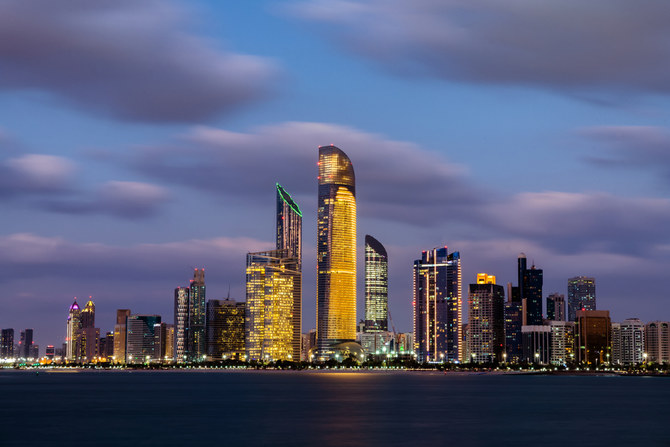
- ARAB NEWS
- 18 Jul 2025

RIYADH: The UAE is expected to achieve 3 percent economic growth in 2023 driven primarily by the non-oil sector, as outlined in a report by Standard and Poor’s.
The analysis from the ratings agency forecasts a further expansion rate of 4 percent next year.
S&P is bullish regarding the prospects of the UAE’s tourism industry, attributing its growth to the successful hosting of major events and activities.
Trevor Cullinan, a sovereign ratings analyst at the agency, pointed to the impressive expansion of the UAE’s non-oil sector, citing significant strides in services and industrial domains, reported the Emirates News Agency, also known as WAM.
Identifying key sectors that are steering the UAE’s economic growth, Cullinan mentioned oil and gas, wholesale trade, and industry, as well as real estate, construction, and financial services.
He expects the non-oil sector to sustain its momentum, with factors like an influx of expatriates and tourists, positive sentiments among investors and consumers, and private sector development playing pivotal roles.
These projections align with the “We Are the UAE 2031” vision, a national strategy aimed at boosting trade and increasing the tourism sector’s contribution to the gross domestic product through collaborative efforts between government entities and the private sector, the WAM report stated.
Tatiana Liskova, a corporate ratings analyst at S&P, sees the UAE’s travel and hospitality industries as a key driver of economic growth, citing Dubai’s achievement in attracting 14.7 million international visitors in 2022, double that of the previous year.
She expects the sector’s growth to continue, bolstered by high-profile events like the UN Framework Convention on Climate Change, or COP28, a major step toward the UAE’s ambitious goal of welcoming 40 million visitors by 2030 and expanding its hotel room capacity to 250,000.
Liskova pointed out that both Abu Dhabi and Dubai will maintain their positions as leaders in attracting business and tourists to the country.
Meanwhile, other emirates such as Ras Al Khaimah and Sharjah are making significant progress in diversifying their tourism offerings, enhancing their overall appeal.
Mohamed Damak, a financial institution ratings analyst and global head of Islamic Finance at S&P, predicts continued strength in the UAE’s banking sector.
Improved profitability, surpassing pre-COVID-19 levels, and benefiting from rising interest rates are on the horizon, with UAE banks also set to capitalize on technological advancements.